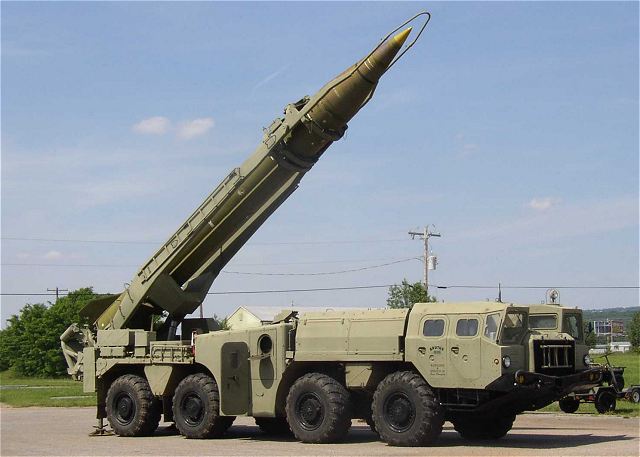Former Canadian diplomat Colin Robertson argues that the ballistic missile threats posed by belligerent North Korea and increasingly capable Iran mean that Canada needs to join the United States’ ballistic missile defense program, and the time is right to do so. But as previous negotiations demonstrate many factors play a role in Canada’s BMD policy, and for the time to be, in fact, right, those issues must be resolved as well.
 In a recent Globe & Mail article, former Canadian diplomat Colin Robertson argued that, due to North Korea’s belligerence and Iran’s advancing missile capabilities, the time is ripe for Canada to join the US ballistic missile defense (BMD) program. Joining, says Robertson, would strengthen our role in continental defense; reinforce our relationship with the Americans, and potentially save many Canadian lives in the event of an attack.
In a recent Globe & Mail article, former Canadian diplomat Colin Robertson argued that, due to North Korea’s belligerence and Iran’s advancing missile capabilities, the time is ripe for Canada to join the US ballistic missile defense (BMD) program. Joining, says Robertson, would strengthen our role in continental defense; reinforce our relationship with the Americans, and potentially save many Canadian lives in the event of an attack.
Canada’s decades-long saga with BMD began the “Star Wars” controversy in the 1980s. The most recent (public) installment was then-Prime Minister Paul Martin’s blunt ‘no’ to participation after discussions in 2004-2005. Many commentators agree with Robertson that Martin’s decision resulted from resistance with the Liberal Party, especially the Quebec wing. But in reality many factors impacted that decision, most importantly the future of NORAD, the structure of the US program, and the options that those factors left open for Canada. For the time to be, in fact, ripe, those options would have to change.
NORAD has been the cornerstone of North American continental defense since 1958. In that time, it has given Canada a window into US strategic defense planning as well as, according to Joseph Jockel, a remarkable degree of influence over continental defense. But after the end of the Cold War and the creation of US-Northern Command in 2002, NORAD’s role was diminished and, as Stein & Lang have noted, many Canadian officials thought the US might discard the organization. That was avoided, however, in 2004 with the signing of an amendment allowing NORAD’s early-warning data to be shared with the American BMD program.
Also, as written by James Fergusson, well prior to 2004 the US had designed the BMD system to operate entirely without Canadian participation. This was reinforced with the system’s deployment in 2002 and its assignment to Northern Command, making it less attractive to accommodate Canadian participation and priorities. A key priority was to secure a Canadian role in intercept decision-making, and therefore protection for Canadian cities, mostly likely by having BMD assigned to NORAD. However, the US was reluctant to reverse BMD’s assignment to Northern Command and would not provide protection guarantees.
Meanwhile, as Robertson points out, opposition within the Liberal Party was growing, and achieving support would have required Martin to invest serious political capital. With NORAD’s future secured and faced with American reluctance to accommodate Canada’s hopes, the Prime Minister was unwilling to make that investment.
It certainly does not seem that the ballistic missile threat has decreased since that time, and it may be that for Canada participation in the American BMD program may make sense now more than ever. But it may also be that the benefits of participation in terms of protection for Canadian cities have not increased and that the costs of re-arranging established US command structures have. In short the costs of Canadian participation may still outweigh the benefits, if not for Canada then perhaps for the United States. If that is in fact the case then the time simply is not ripe.




